By William McPeak
A hundred miles north of the mountainous region near the Pyrenees was the rolling land of the Garonne River, home of the Gascon noble families. One such family was the Monlucs, lesser gentry whose lands had shrunk from the need to sell. It was said that Gascony as a whole was so poor in good soil that all it could raise was soldiers. One of those soldiers, Blaise de Monluc, was born in 1501, the first of 11 children, at the family’s modest castle of St. Puy. At the age of 15, Monluc was apprenticed as a page to the court of Lorraine at Nancy in far-off northeastern France. It was an eye-opening experience—the young man saw firsthand the power politics of the outside world and learned early on that preferment came more from knowing the right people than from doing the right thing.
Monluc: a Man-at-Arms
In 1520, Monluc passed through the home country to pick up a little money and a Spanish horse. He was on his way south to Milan, the only substantial toehold that France retained in Italy. Like other ambitious young men of the time, Monluc faced the dilemma of choosing a particular branch of French military in which to serve. He had two maternal uncles already in the army, and they gave him a leg up by recommending him as a horse archer in the company of Thomas de Foix, Sieur de Lescun, whose brother Odet de Foix, Vicomte Lautrec, was the overall commander in Italy. There were several fellow Gascons in the company. Monluc was able to rise to a man-at-arms position and saw plenty of early action, having five horses shot from under him in a two-year period.

At the ill-fated Battle of Bicocca near Milan in April 1522, where France’s mercenary Swiss pikemen rashly charged the imperial trenches and were mowed down on their flanks by the Marquess of Pescara’s quick-firing arquebusiers, Monluc had fought in the infantry. Three years later, at the even more ill-fated Battle of Pavia, French King Francois I rashly led his heavy cavalry against Pescara’s arquebusiers, using the forest for cover. That day a ghastly number of French knights went down, including Lautrec, from arquebus shots. The king paid a huge price for leading his men into battle—he was captured and carted off to Spain to be ransomed. Monluc was also captured, but since he was not worth ransoming, he was quickly set free.
In 1527, Monluc joined the French expedition to take the kingdom of Naples. Among other misfortunes, the army was beset by plague. Lautrec himself was strickened and died. In the meantime, Monluc became a well-schooled arquebusier officer. He had learned the effectiveness of firearm volley fire the hard way, and he had his men kneel or go to a prone position as a defense. In addition, he experimented with the effectiveness of different shot against various cavalry formations.
Monluc Finds his Glory
Thus far, Monluc had come up decidedly short in his military career. Lautrec had been his only true sponsor, and he was dead. Disheartened, Monluc returned to Gascony and his wife of two years and began a family that eventually would include four sons, three of whom would follow their father into the military. By 1535, Monluc was only too glad to leave domestic life behind and return to the scene of hostilities in Italy. By then, Francois I had gotten serious about improving the weak link in the French army—its overdependence on Swiss mercenaries—and had issued a call for homegrown infantry. He organized seven new infantry legions (a French unit of about 6,000 men), and Monluc got the nod for a lieutenant’s commission in one of them. In his new command capacity, Monluc was part of the force sent into Provence against imperial incursions that same year. Feeling that he had to stand out more, he volunteered for a dangerous mission to destroy some grain mills at Auriol, near imperial lines. Although successful, Monluc received no special recognition. He further distinguished himself in the 1537 campaign in southern France, but credit again was slow in coming, and at nearly 40 he was still a captain of foot.
Another phase of the war erupted in Italy, and by late 1543 hostilities centered in the northwest region, the Piedmont, with French forces taking up positions around Turin and imperial forces in fortified positions south. Again, Monluc had wasted no time in marking himself for royal favor, concocting an ambush of the imperial governor of Fossano and destroying a bridge at fortified Carignano. He found himself preparing to meet the imperialists, under Alfonso D’Avalos, coming northward to relieve Carignano. The French commander, François de Vendôme, Count of Enghien, was not an experienced general, and he sent Monluc all the way to Paris to obtain permission from the king to join the battle. Monluc urged Francois to say yes and returned with royal approval to the front. The two forces, with significant arquebus troops, met on opposing hills above the town of Cerisoles on April 11, 1544.

Enghien sent Monluc down the French-held side with 800 arquebusiers to slow advancing imperial skirmishers. What transpired was the first running firefight in military history, lasting some four hours. Monluc used all his experience in maneuvering and ordering effective counterfire. When the main battle was joined, the usual pike column with arquebusiers on the flanks was substituted on the French side with alternating pikemen and arquebus troops. The imperial landsknechts came on similarly, but with pistol-toting infantry in the second rank (one of the earliest appearances of the relatively new wheel lock pistol on the battlefield). The ensuing battle resulted in heavy casualties for the imperial forces. Although Monluc took full credit, the true key to victory for the French was the timely cavalry flanking attack.
Whatever his role in the victory, Monluc at last found himself covered in glory. He was knighted on the battlefield and made a camp master (something on the order of a brigadier). A new king was on the throne in 1547, and Henri II had already taken note of Monluc. He was also favored by the new queen, Catherine de Medici, and the rising strongman Francois, second Duke of Guise and a principal relative of his old boyhood host. During the last period of Italian warfare with the Hapsburgs, beginning in 1551, Monluc was given yet more preferment for his siegecraft. In 1554 he assumed command of the defense of Siena against an imperial siege. It was an epic feat of arms, and Monluc and his men held out for six months until starvation and disease forced their surrender. Professionally, he had reached his high point. He was made a Knight of the Order of the King and promoted to colonel-general of the infantry. He fully justified those honors by taking Thionville on the Moselle River in 1558.
The Wars of Religion
The political and religious atmosphere in France flared into open, sometimes bitter, civil war in 1562. The antagonists were the Catholic royalists and the Huguenot (French Protestant) nobles. The conflict marked the return of heavy cavalry to the wheel lock carbines and pistols became the primary weapons. As Monluc would later declare, “We quit them [lances] for the German pistol.” Repercussions from the religious warfare ultimately would pitch Monluc from fortune’s favor.
Henri II’s son Francois II (first husband of Mary Queen of Scots) followed him as king, but died prematurely in 1560. His younger brother Charles, only 10, found himself trapped between his regent-mother, Catherine de Medici, and the increasingly aggressive Francois Guise and his brother Charles, the cardinal of Lorraine, who called for forceful suppression of the Huguenots. Monluc became enmeshed in the dynastic struggle, trying to serve both the crown and the Guises. Inevitably, he found himself criticized by both sides. Political maneuvering kept him from besieging the fortified Huguenot stronghold of La Rochelle in 1568, where the Queen of Navarre (and mother of future King Henri IV), Jeanne d’Albret, took refuge from the Catholics. She was infuriated by Monluc’s advice to the crown to attack her stronghold in Béarn as well as his insulting remark that he wished “to find out if it was as much fun to sleep with queens as with other women.” Pro-Huguenot pandering at court found Monluc roundly condemned for his brutal treatment—he was called “the Hammer of the Huguenots” and accused of illegal profiteering from confiscations and fines.

Monluc’s Mask
Under adverse circumstances, Monluc found himself commanded to invade Béarn. In July 1570 he laid siege to the fortress of Rabastens, in the foothills of the Pyrenees. By the 23rd, his cannons had opened a breach in the walls. Preparing for an all-out assault under intense arquebus fire, Monluc noted that several officers already had been killed or wounded. His own son Fabien had been shot in the chin. Monluc, who had already suffered six arquebus wounds in combat and had lost two other sons to shot, had a premonition that he would be killed or wounded during the engagement. When many younger officers balked at crossing the open distance to the breach, Monluc—he was nearly 70 years old—declared that a true nobleman would always do his duty regardless of danger. He gathered his senior officers around him and set off for the wall. Monluc was in the process of calling for a scaling ladder when a shot rang out from the ruined barricade. It hit him in squarely the face, passing through both cheeks. When his fellow officers tried to help their profusely bleeding leader, he commanded them to continue the attack. (Later, Monluc would say matter-of-factly that the men had taken the fortress and put all the enemy to the sword to avenge him.) Amazingly, Monluc survived—a surgeon took out shattered bones and cut away ruined skin—but the old soldier’s military career had come to an end and he was horribly disfigured. From then on, he would only appear in public wearing a mask to shield his lower face.
“A Poor Cadet of Gascony”
Having lost his livelihood, Monluc decided that he must vindicate himself and focus attention on all his past services to France. He began to dictate a book of memoirs tracing his remarkable rise from “a poor cadet of Gascony” to high military office. As he convalesced through the winter of 1570-1571, he worked on recounting his nearly 55 years of warfare. It was a ready reference manual of practical warfare, but also a lively history with personal accounts of battles that read like high adventure. Such details set his work apart from the more generalized histories of the time, which he complained overemphasized “the great and powerful” rather than the standout deeds of “men of lesser degree.”
Within its pages, Monluc’s Commentaries recorded the major shift of 16th-century warfare toward firearms and away from pikes. The book struck the right chord in the right places. Manuscript copies circulated among influential people, achieving all he could have hoped in the way of recognition and acclaim. With the death of Charles IX, Henri, Duke of Anjou, to whom the book had been dedicated, became king in 1574. He immediately raised Monluc to Marshal of France, the highest military rank for one who was not a peer. Dying in 1577, Monluc did not live to see his book published in 1592 and hailed by no less a personage than King Henri IV as “the Soldier’s Bible.”
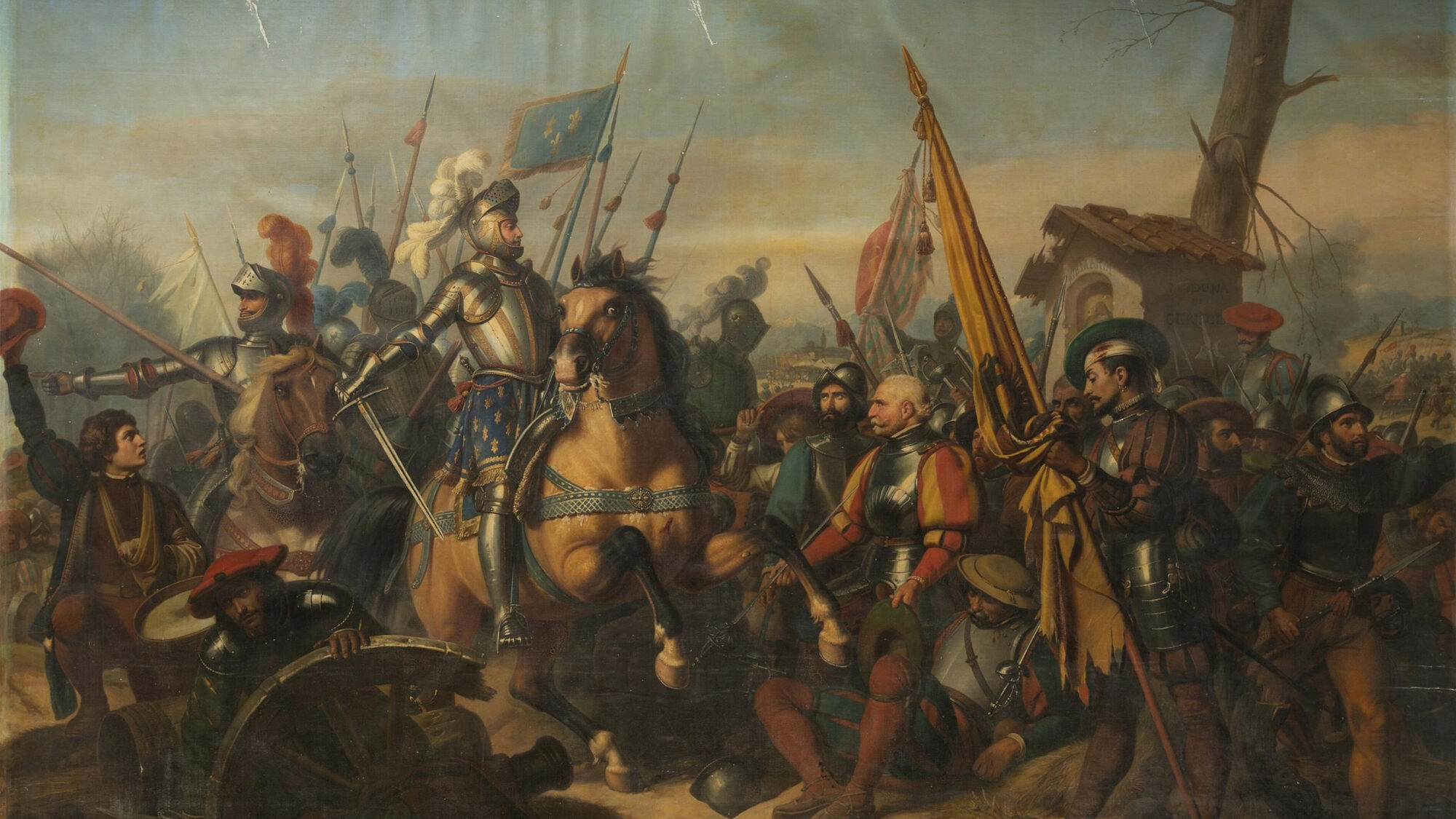
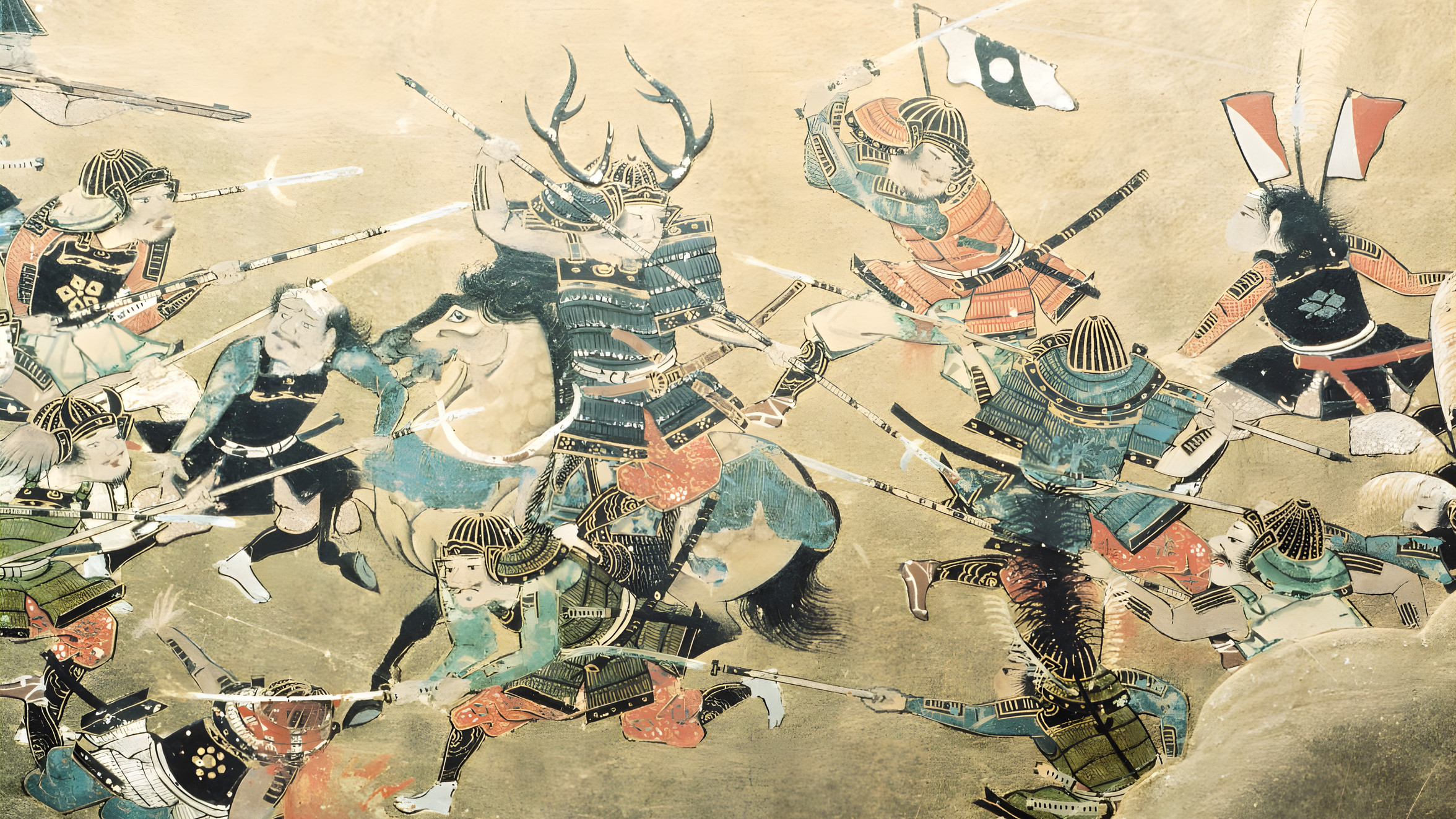

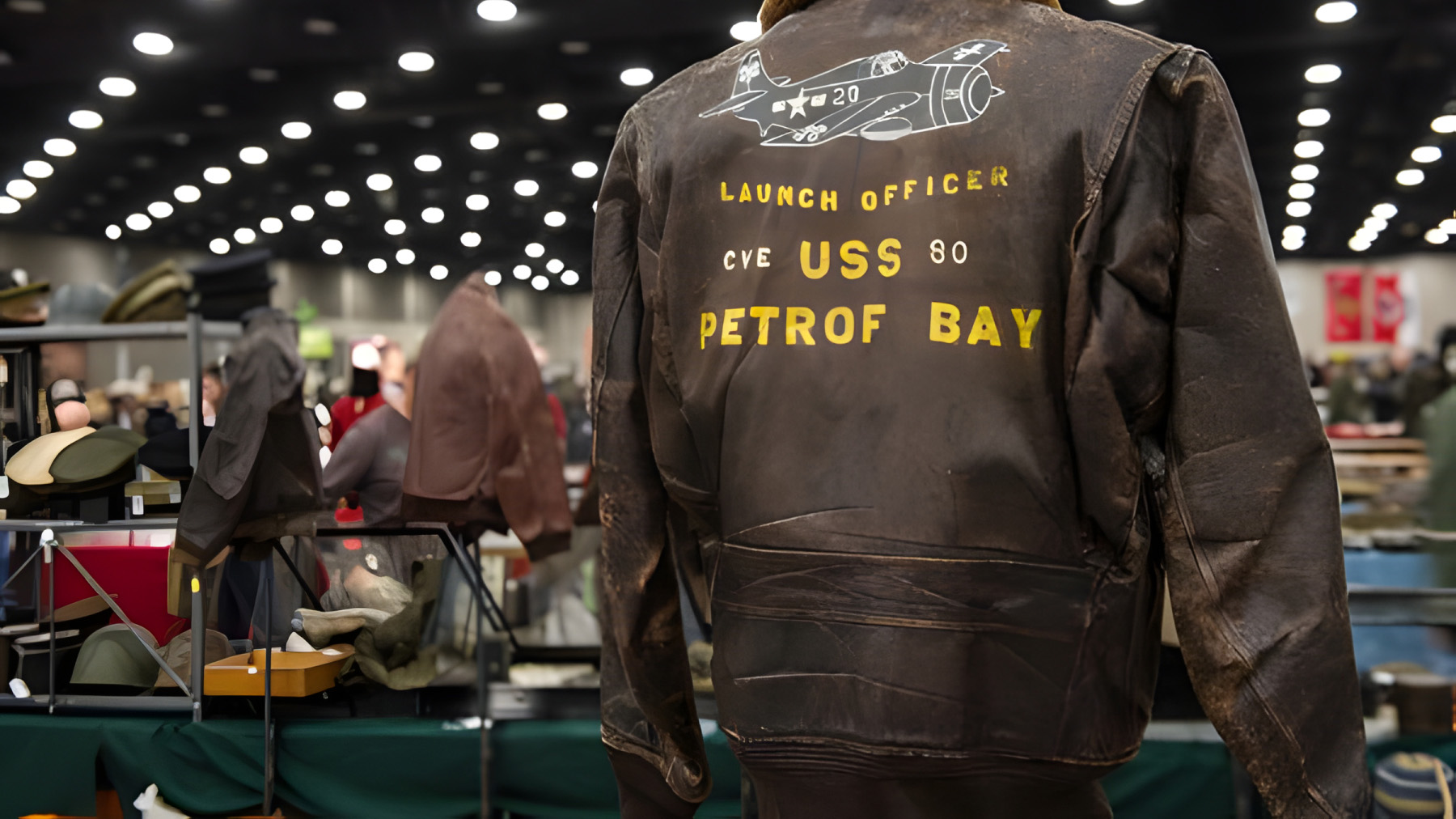
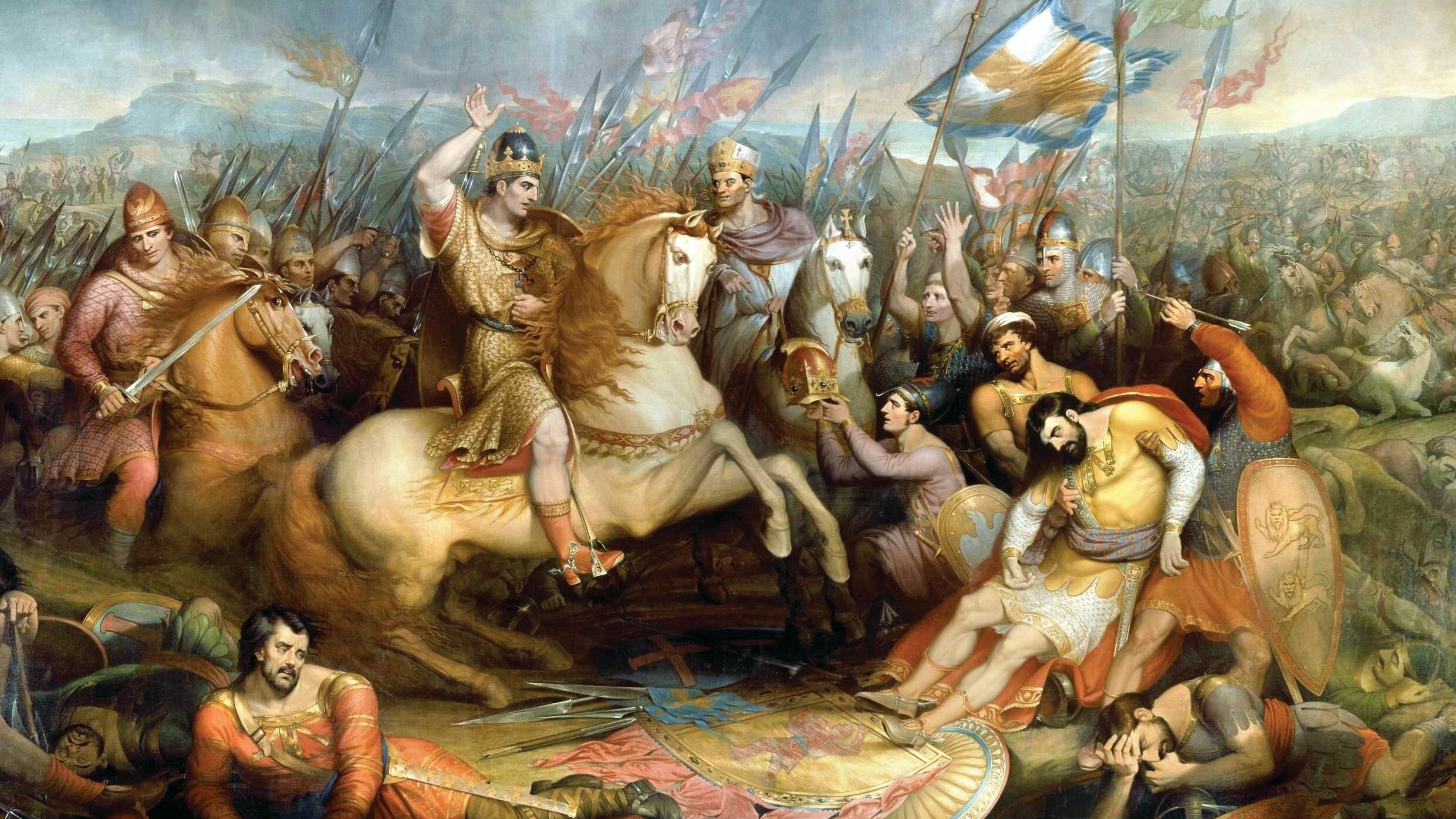
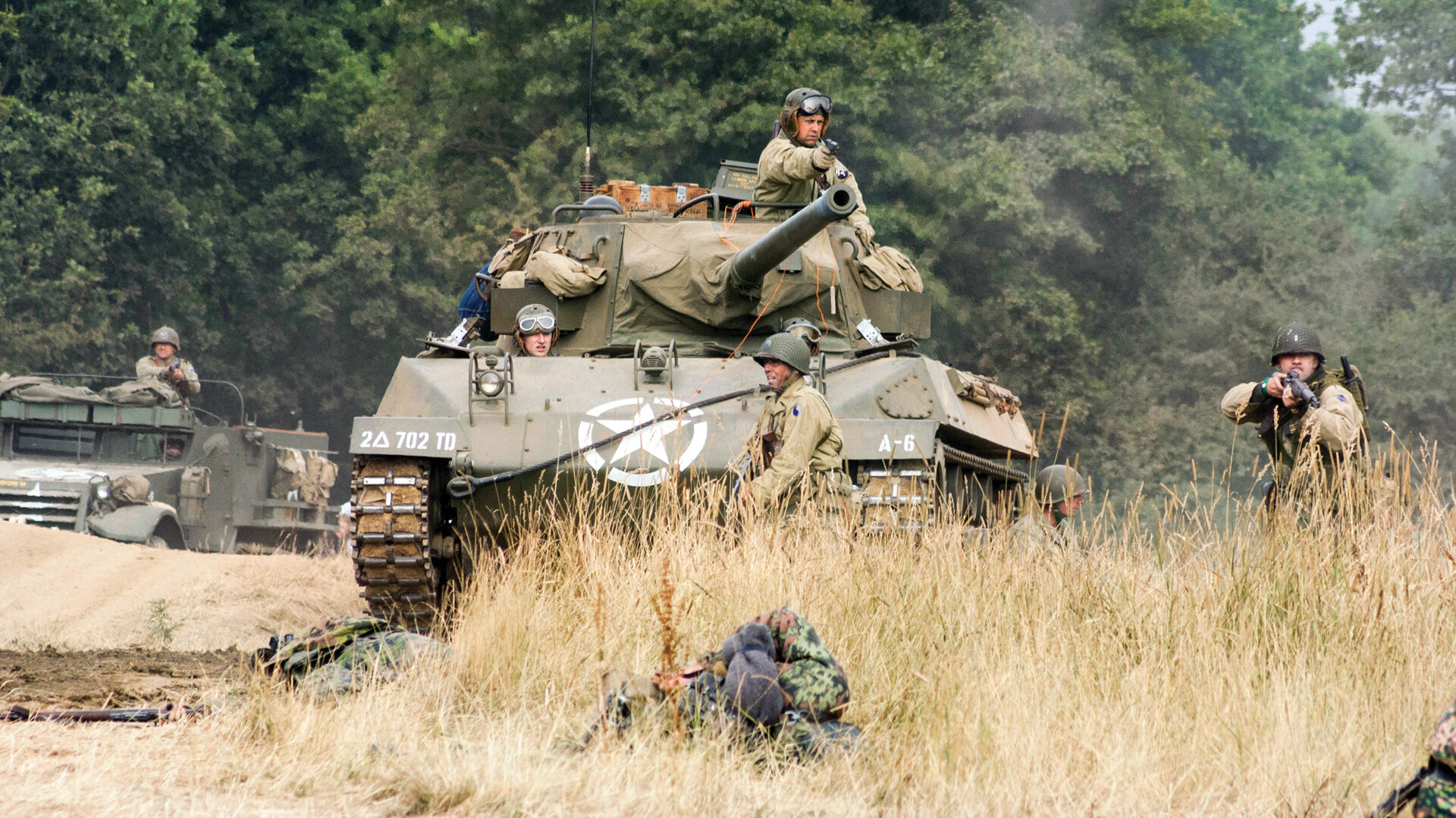
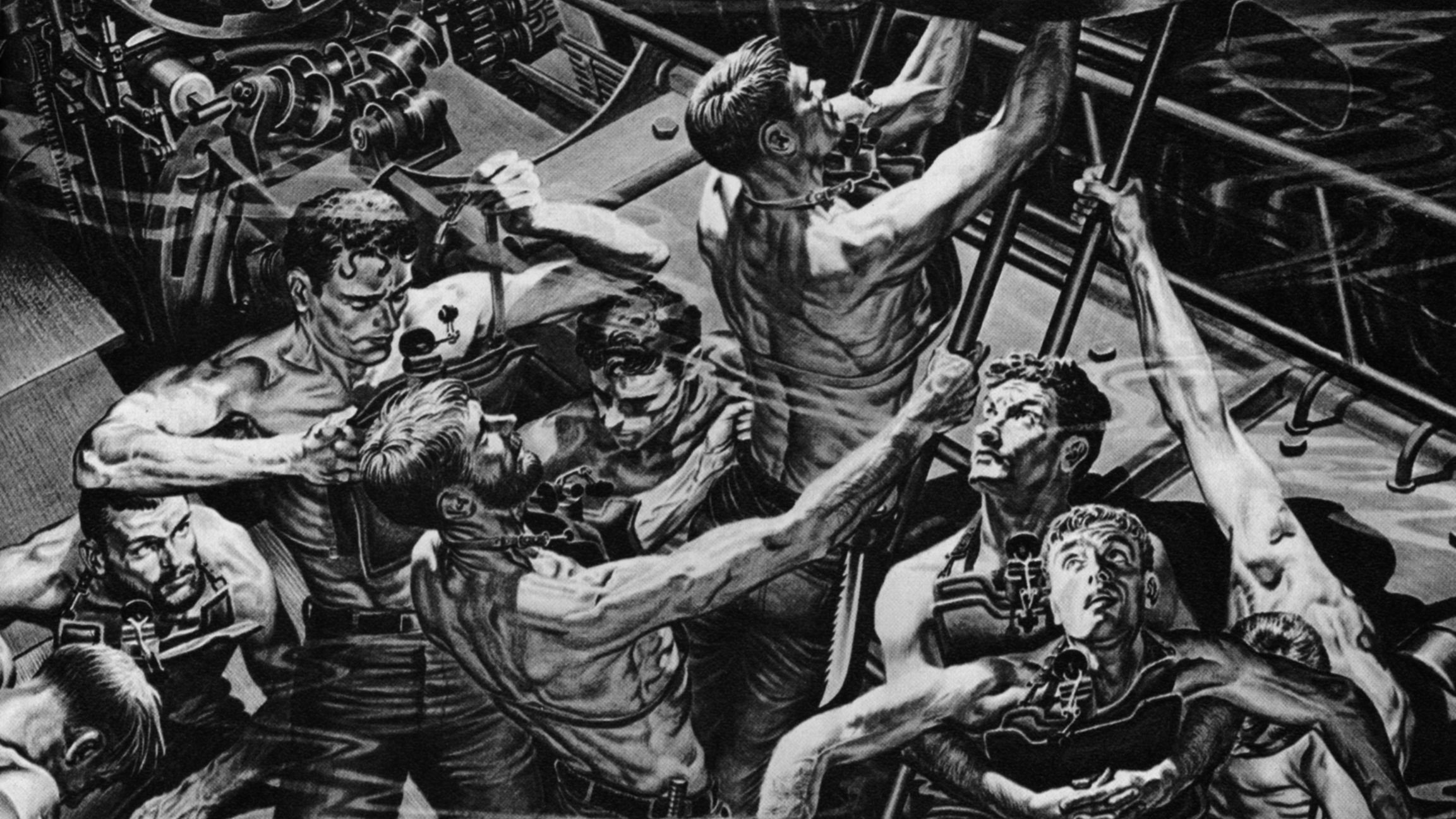
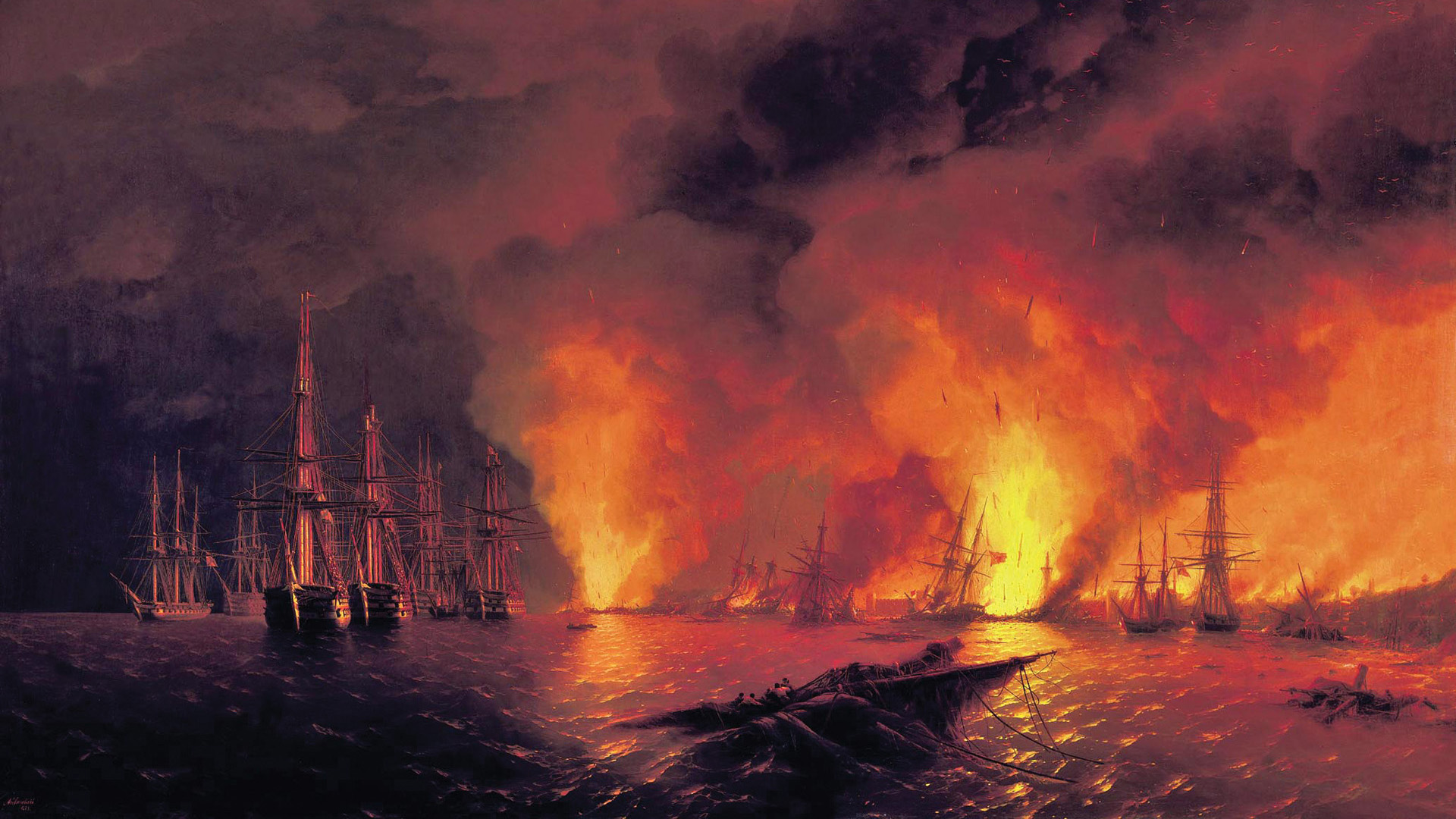
Join The Conversation
Comments
View All Comments